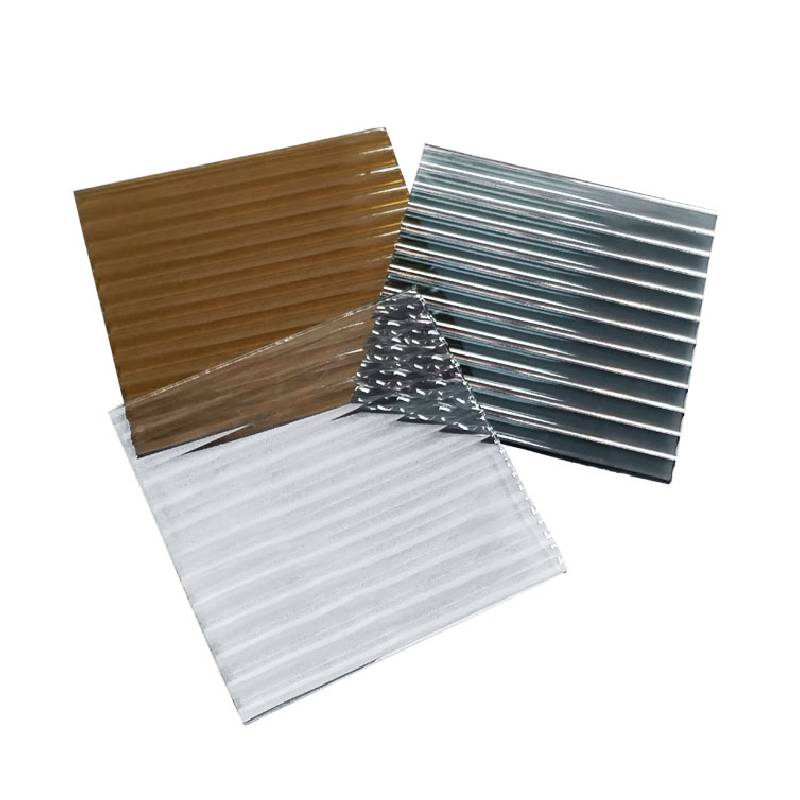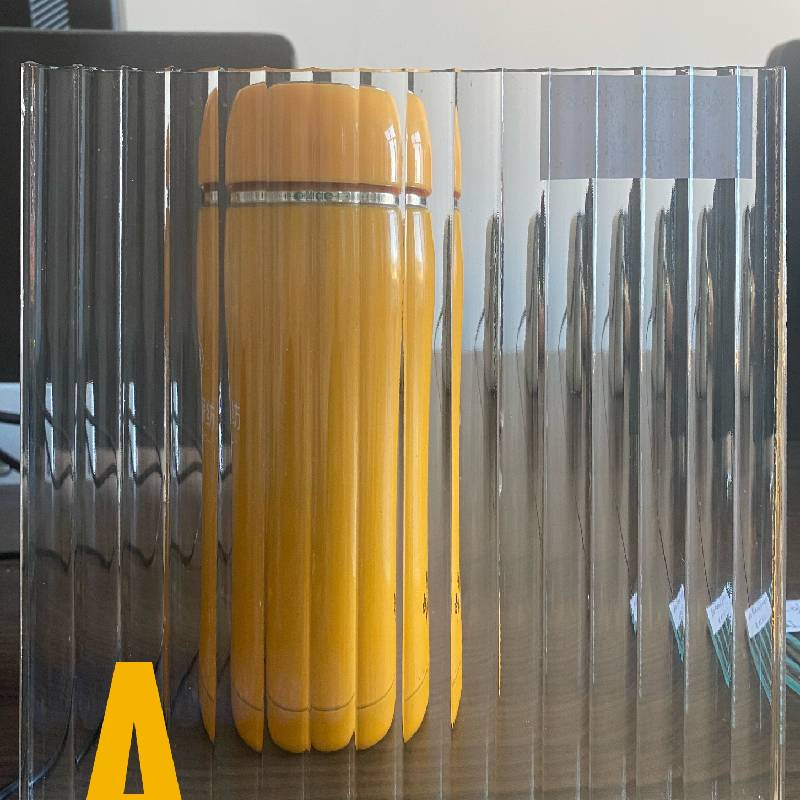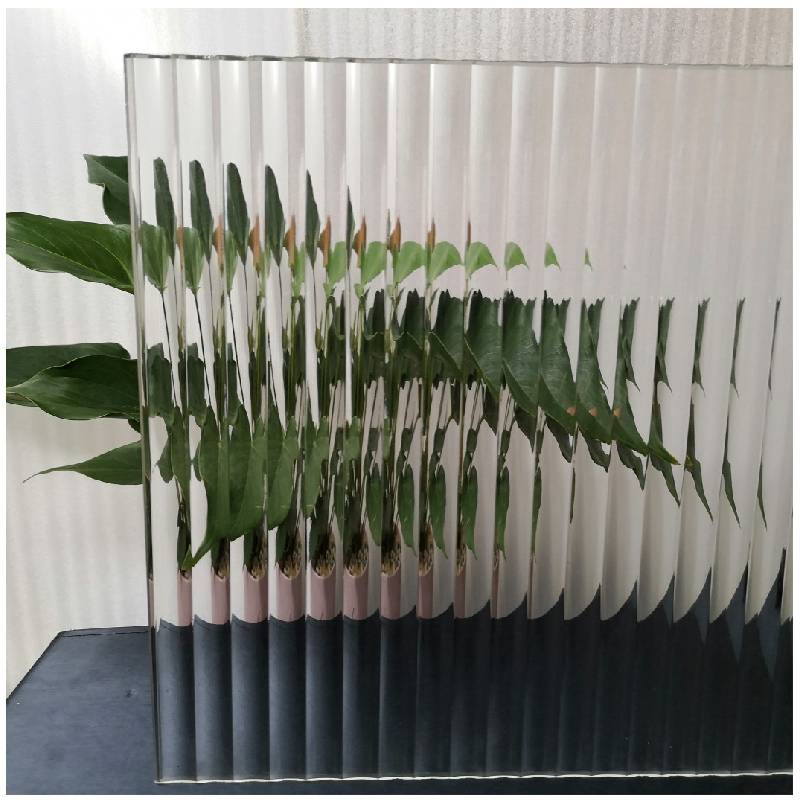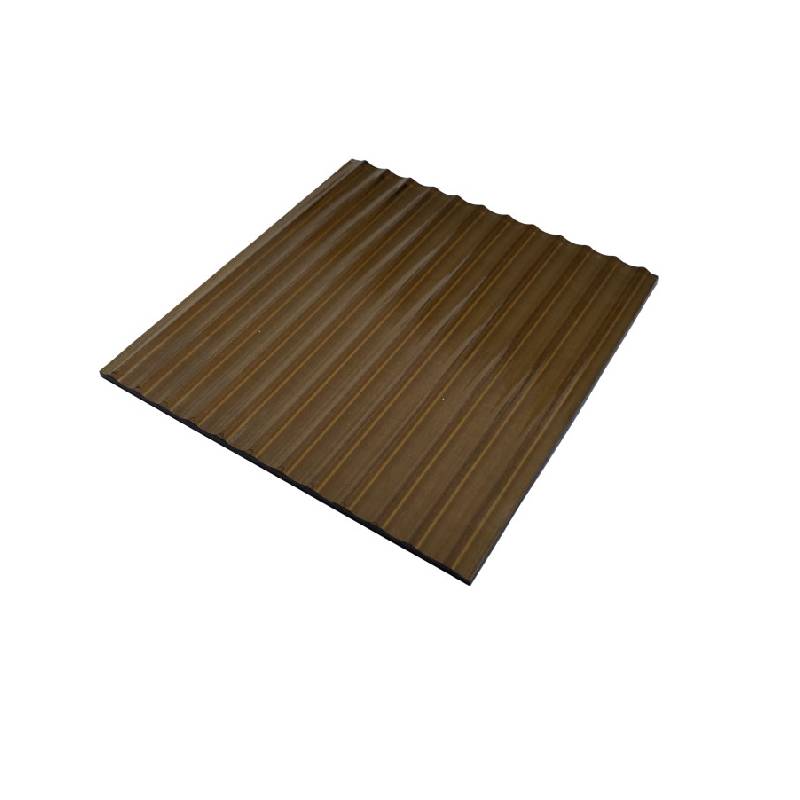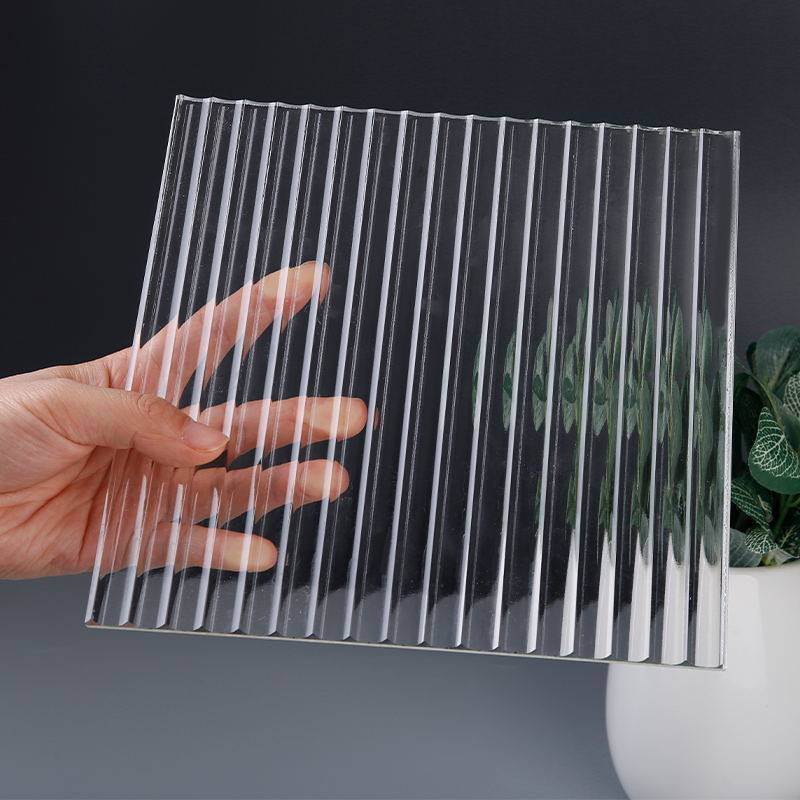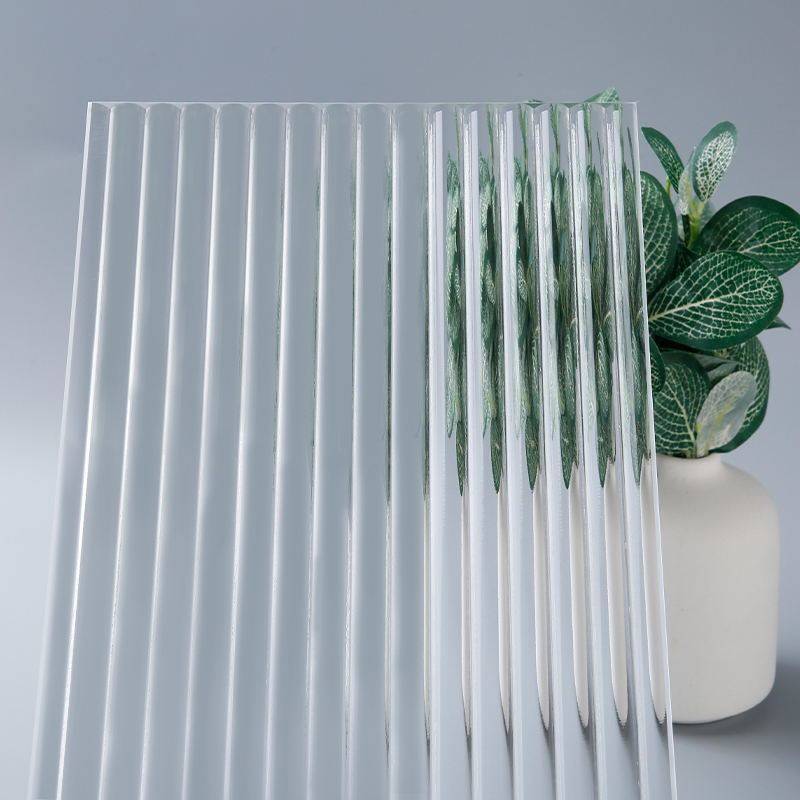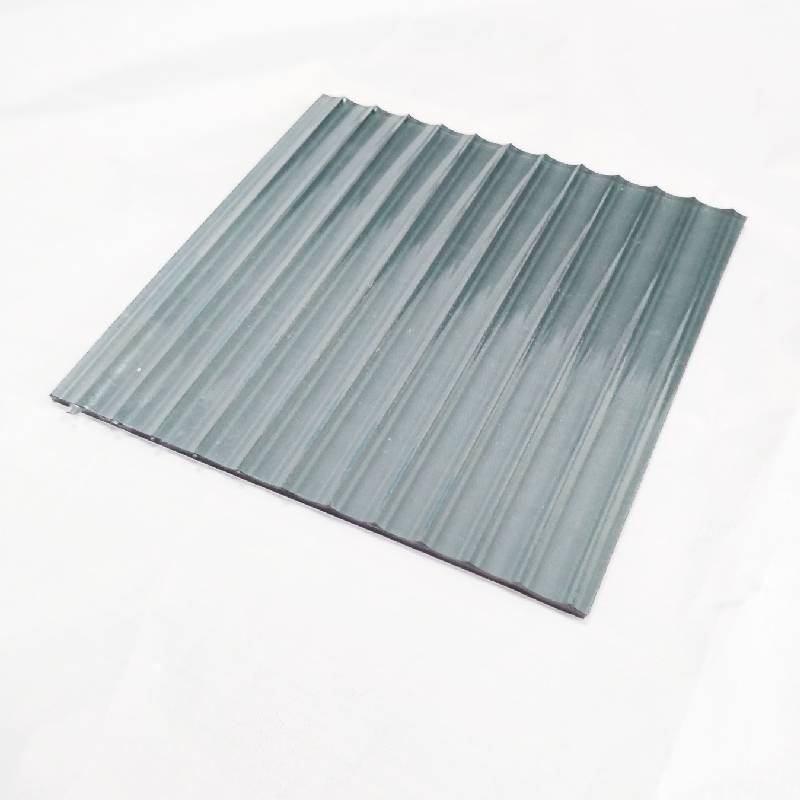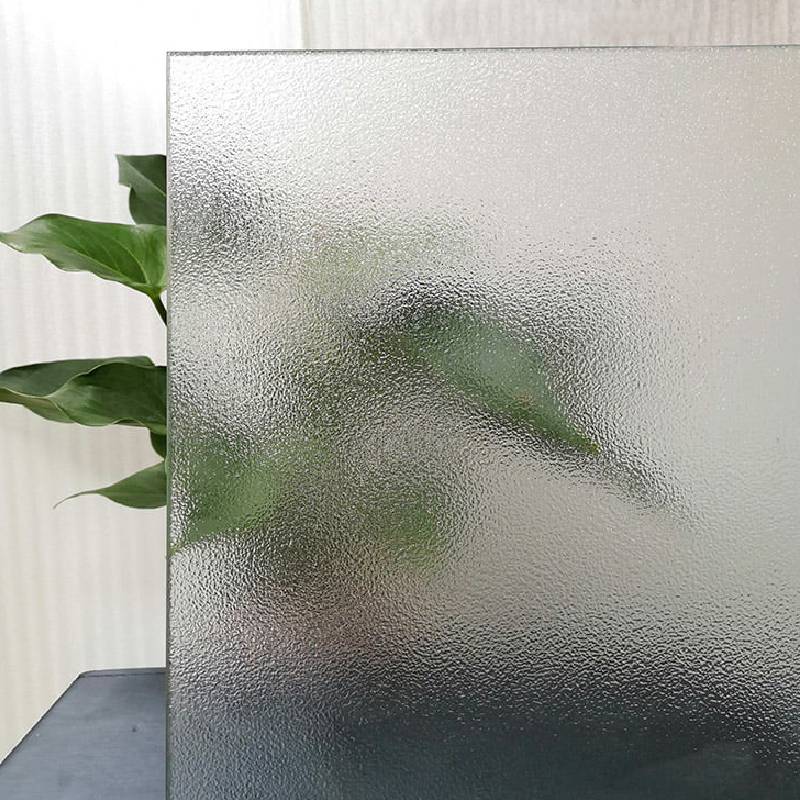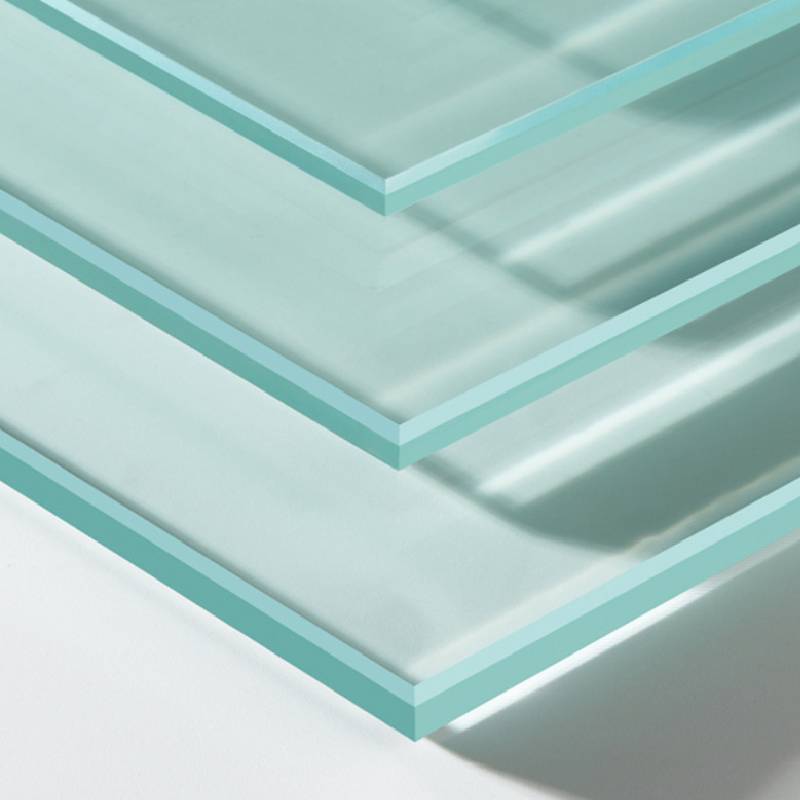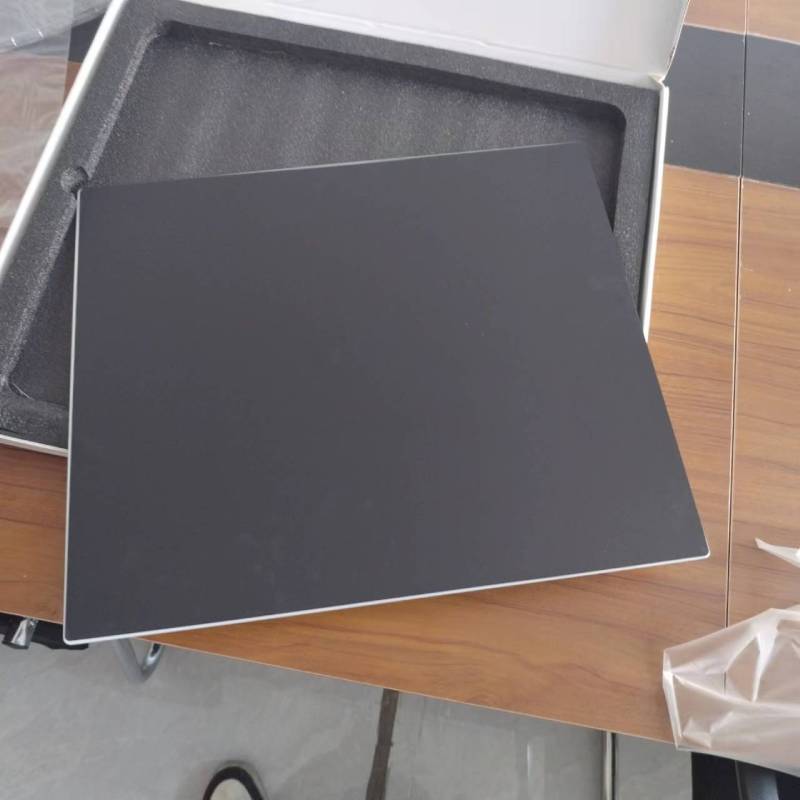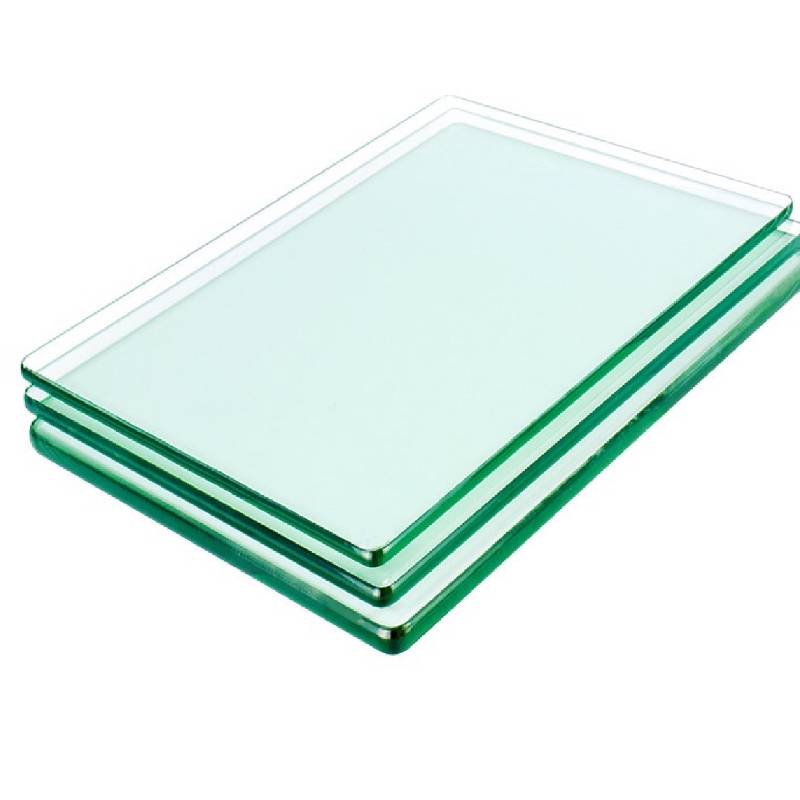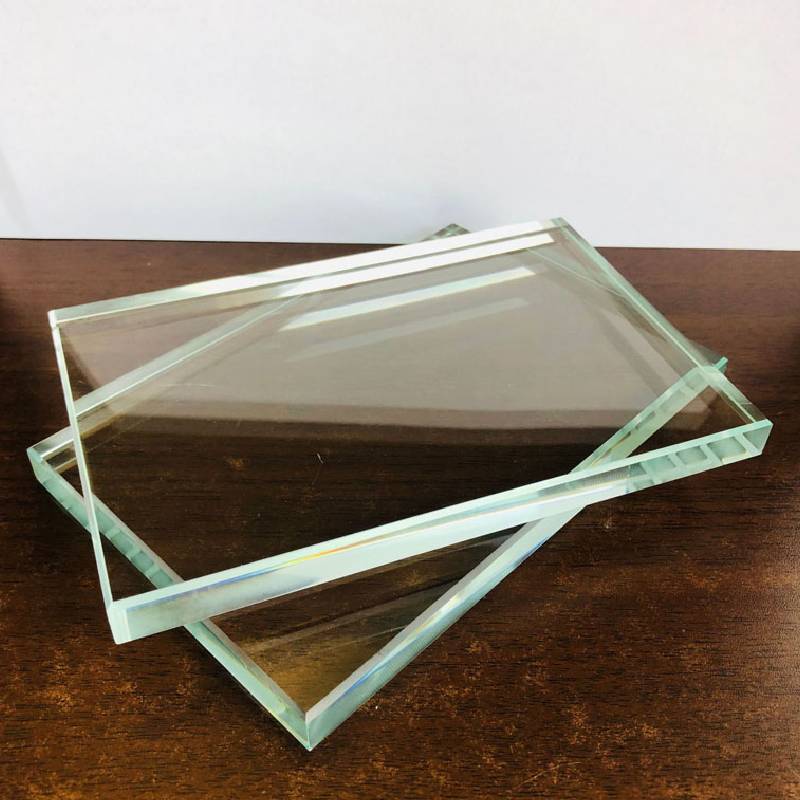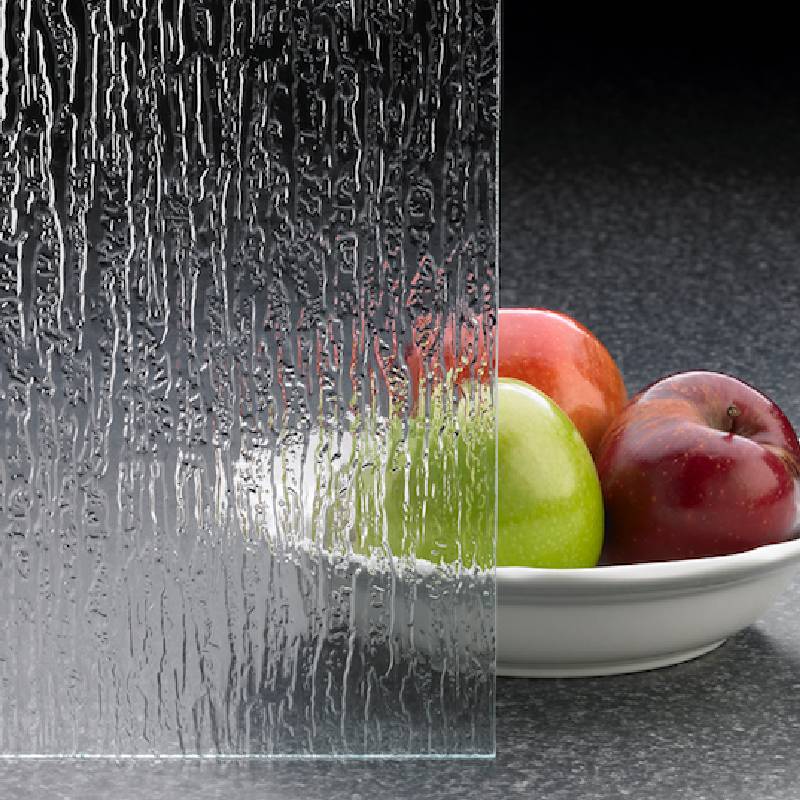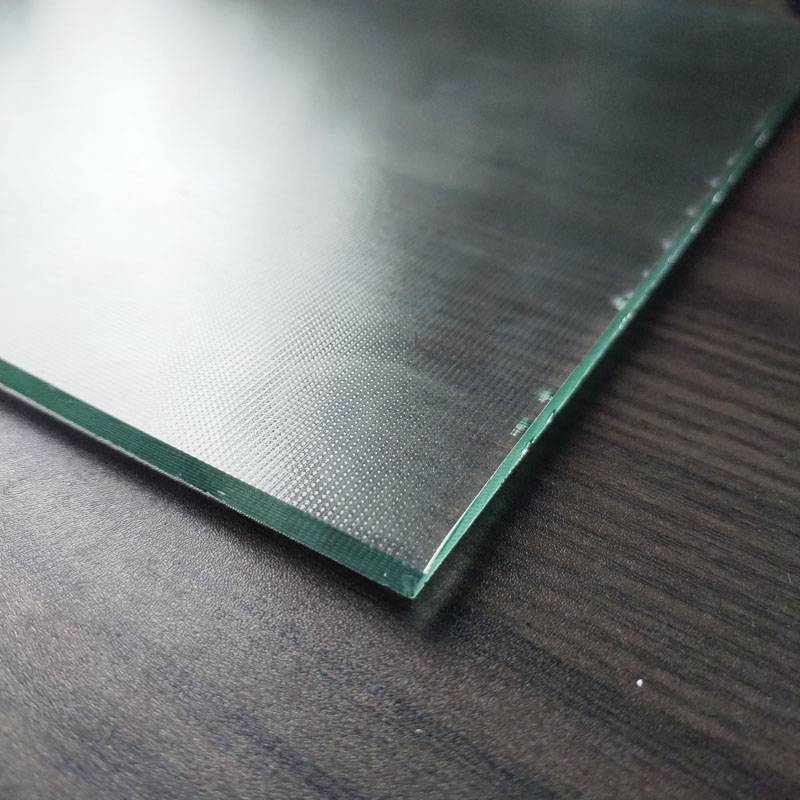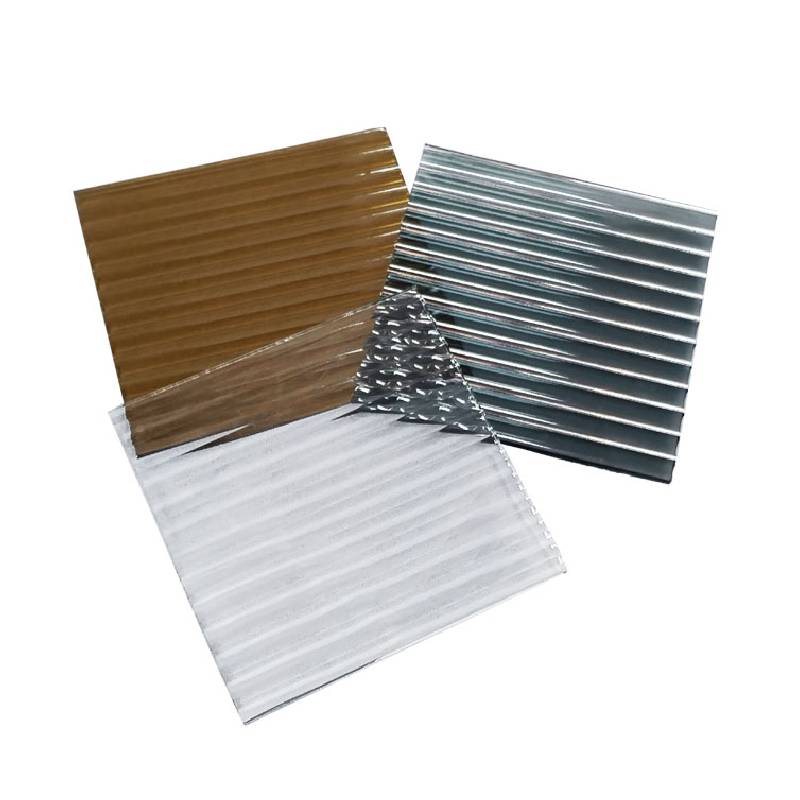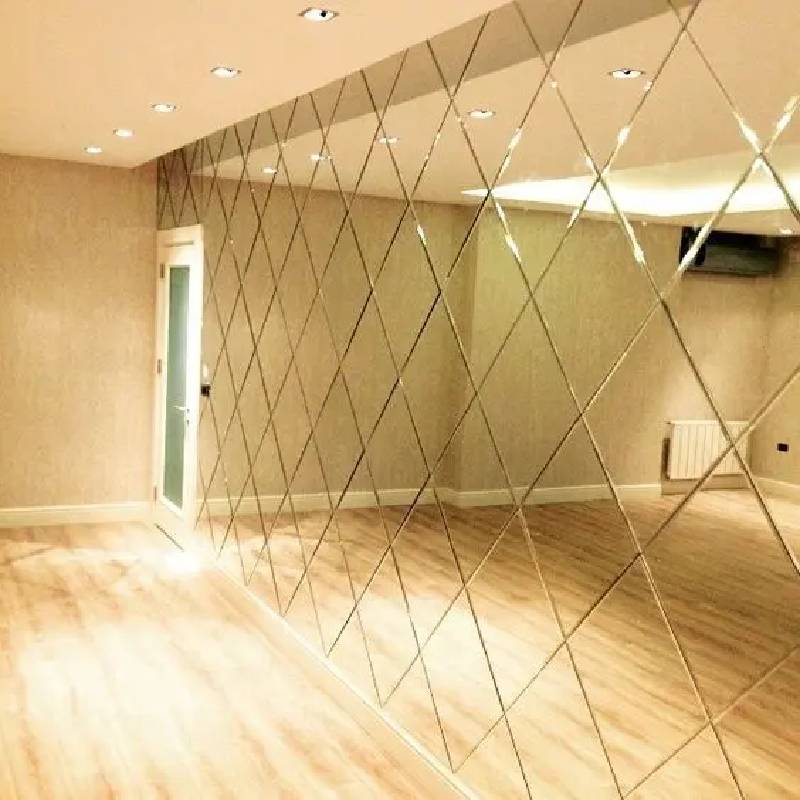- 1. Raw material selection: The process starts with the selection of high-quality raw materials, usually silica sand, soda ash and limestone. These materials were chosen for their purity and consistency, as they greatly influence the final quality of the glass.
2. Ingredients: The selected raw materials are accurately weighed and mixed together in specific proportions. This mixture, called a batch, is loaded into a furnace and melted.
3. Melting: The batch is fed into a furnace that is heated to extremely high temperatures, typically between 1,500 and 1,700 degrees Celsius (2,732 and 3,092 degrees Fahrenheit), depending on the type of glass being produced. Intense heat melts the batch into a viscous liquid called molten glass.
4. Shaping: Once the molten glass reaches the desired consistency, it is formed into the desired shape. This can be done by various methods such as blowing, pressing or moulding. For Moru glass, which often has intricate patterns, techniques such as glass blowing or hand shaping can be used to achieve the desired design.
6. Annealing: Newly formed glass undergoes a process called annealing to eliminate internal stress and strengthen the glass. This involves gradually cooling the glass at a controlled rate to ensure an even temperature distribution throughout the material.
7. Finishing: After annealing is complete, inspect the glass for any defects or blemishes. Any rough edges or sharp points are smoothed away, and the final product is cleaned and polished to enhance its appearance.
- 1. High transparency
Moru glass uses high-quality glass raw materials with high purity, so the transparency is very good and can provide excellent visual effects.
2. A sense of haziness
The vertical line texture of Moru glass has a simple geometric beauty and hazy feeling, which can have a semi-covering effect while maintaining spatial transparency.
3. Transparent but not see-through
Moru glass itself is glass, with the characteristics of glass itself transmitting light. In addition, due to its own grooves with a blurred matte surface, the reflected light, plants or decorations on the other side of the glass can be out of focus. More hazy beauty.
4. Good appearance and wide application
As a high-quality, high-transparency glass material, Moru glass has a variety of functions and functions. It has been widely used in construction, home decoration, automobile and other fields.
Clear Moru glass, ultra clear Moru glass, gray Moru glass, bronze Moru glass, golden Moru glass.
Regular thickness: 4mm, 5mm, 6mm, 8mm, 10mm
Regular size 2000*2440mm, 2100*2440mm, 2100*2800mm, 2100*3300mm
 african
african  albanez
albanez  amharică
amharică  arabic
arabic  armean
armean  Azerbaidjan
Azerbaidjan  bască
bască  Belarus
Belarus  bengaleză
bengaleză  Bosniac
Bosniac  bulgară
bulgară  catalan
catalan  Cebuano
Cebuano  corsicană
corsicană  croat
croat  ceh
ceh  danez
danez  olandeză
olandeză  Engleză
Engleză  esperanto
esperanto  estonă
estonă  finlandeză
finlandeză  limba franceza
limba franceza  frizonă
frizonă  Galician
Galician  georgian
georgian  limba germana
limba germana  greacă
greacă  Gujarati
Gujarati  creolul haitian
creolul haitian  hausa
hausa  hawaian
hawaian  ebraică
ebraică  nu
nu  Miao
Miao  maghiară
maghiară  islandez
islandez  igbo
igbo  indoneziană
indoneziană  irlandez
irlandez  Italiană
Italiană  japonez
japonez  javaneză
javaneză  Kannada
Kannada  kazah
kazah  Khmer
Khmer  ruandez
ruandez  coreeană
coreeană  kurdă
kurdă  Kârgâz
Kârgâz  TB
TB  latin
latin  letonă
letonă  lituanian
lituanian  luxemburghez
luxemburghez  macedonean
macedonean  Malgashi
Malgashi  Malaeză
Malaeză  Malayalam
Malayalam  malteză
malteză  maori
maori  marathi
marathi  mongol
mongol  Myanmar
Myanmar  nepaleză
nepaleză  norvegian
norvegian  norvegian
norvegian  occitană
occitană  Pashto
Pashto  persană
persană  Lustrui
Lustrui  portugheză
portugheză  punjabi
punjabi  Română
Română  Rusă
Rusă  Samoan
Samoan  gaelic scoțian
gaelic scoțian  sârb
sârb  Engleză
Engleză  Shona
Shona  Sindhi
Sindhi  Sinhala
Sinhala  slovacă
slovacă  slovenă
slovenă  somalez
somalez  Spaniolă
Spaniolă  Sundaneza
Sundaneza  Swahili
Swahili  suedez
suedez  tagalog
tagalog  Tadjik
Tadjik  tamil
tamil  tătar
tătar  Telugu
Telugu  thailandez
thailandez  turc
turc  turkmeni
turkmeni  ucrainean
ucrainean  Urdu
Urdu  Uighur
Uighur  uzbec
uzbec  vietnamez
vietnamez  galeză
galeză  Ajutor
Ajutor  idiş
idiş  Yoruba
Yoruba  Zulu
Zulu 

